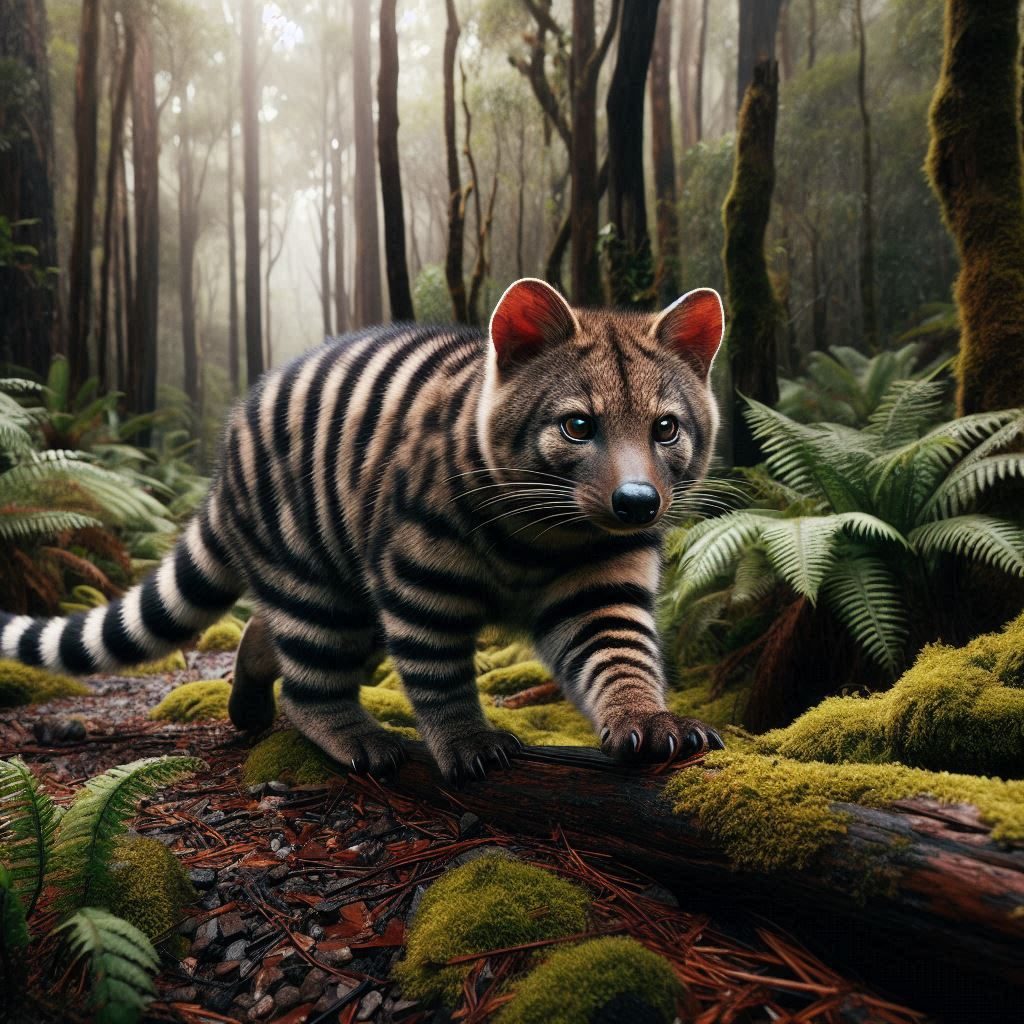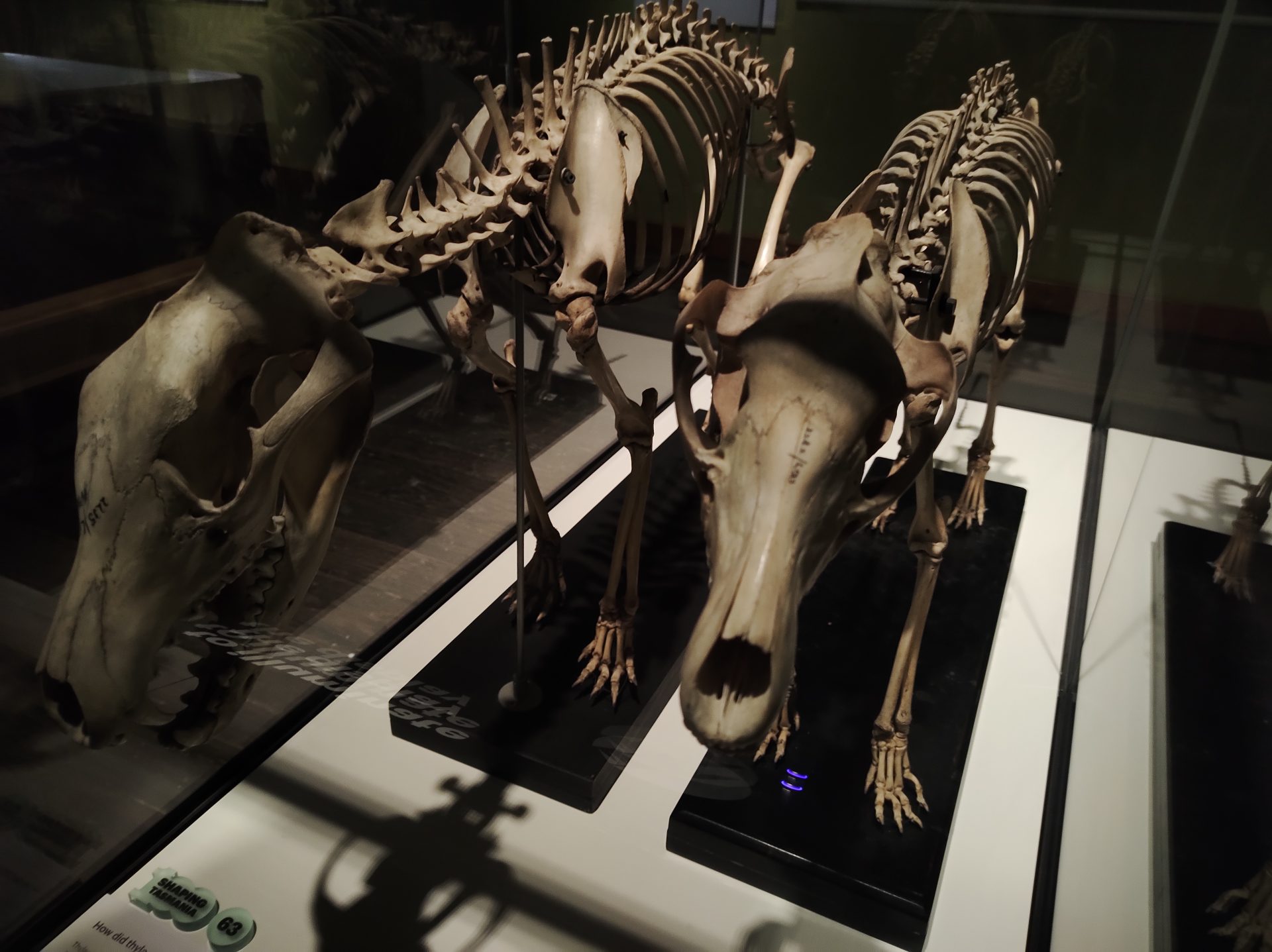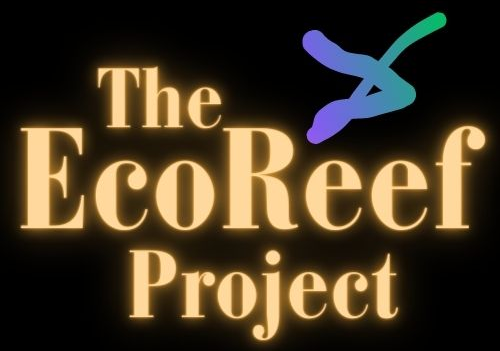
Extinct Animals
The idea of bringing back extinct animals, such as the thylacine (Tasmanian tiger) and the dodo bird, has captured the imagination of scientists and the public alike. While the concept of de-extinction is fascinating, it also raises important questions about the potential impact on the environment and ecology of the regions these animals once inhabited.

The Thylacine & A Return To Tasmania
The thylacine, a unique marsupial predator, was driven to extinction in the early 20th century due to hunting and habitat loss. Scientists are now exploring the possibility of reviving this iconic species. But what would the reintroduction of the thylacine mean for Tasmania’s environment?
Restoring Ecological Balance
As an apex predator, the thylacine played a crucial role in maintaining the balance of its ecosystem. Its return could help control the population of prey species, potentially reducing overgrazing and promoting vegetation growth.
Biodiversity Boost
Reintroducing the thylacine could enhance biodiversity by filling the ecological niche it once occupied. This could lead to a more resilient ecosystem capable of withstanding environmental changes.
Ethical Considerations
While the idea of bringing back the thylacine is exciting, it also raises ethical questions. Should we focus on de-extinction when there are many endangered species that need our attention and resources?

The Dodo Bird & A New Beginning for Mauritius
The dodo bird, native to the island of Mauritius, went extinct in the 17th century due to human activities and introduced species. Scientists are now exploring the possibility of bringing back the dodo using advanced genetic techniques. What impact could this have on Mauritius’ environment?
Habitat Restoration
The reintroduction of the dodo could lead to efforts to restore its natural habitat, benefiting other native species and promoting ecological health.
Ecosystem Dynamics
The dodo played a role in seed dispersal for certain plant species. Its return could help revive these plants and improve the overall health of the ecosystem.
Challenges and Risks
Reintroducing the dodo poses significant challenges, including ensuring that the habitat is suitable and that the species can adapt to current environmental conditions. There is also the risk of unforeseen ecological consequences.

Will the Reintroduced Animal Be the Same or a Variation?
One of the intriguing questions surrounding the concept of de-extinction is whether the reintroduced animal will be the same as the one that once lived or a variation of it.
Genetic Differences
The process of de-extinction involves using genetic material from preserved specimens or closely related species to recreate the extinct animal. This means that the new animal may not be an exact genetic replica of the original. For example, scientists might use DNA from a closely related species to fill in gaps in the genetic code, resulting in a hybrid that is similar but not identical to the extinct species.
Environmental Adaptations
The environment has changed since these animals went extinct. The reintroduced animals may need to adapt to new environmental conditions, which could lead to variations in behavior, diet, and physical characteristics. These adaptations might make the new animals different from their ancestors in ways that help them survive in the modern world.
Epigenetic Factors
Epigenetics indeed refers to changes in gene expression that occur without altering the underlying DNA sequence. These changes can be influenced by various environmental factors and can affect how genes are turned on or off, impacting an organism’s development and behavior. These changes can be influenced by environmental factors and can affect an animal’s development and behavior. The reintroduced animals might exhibit different traits due to epigenetic factors that were not present in their ancestors.
Technological Limitations
Current genetic and biotechnological techniques are not perfect, and there may be limitations in accurately recreating the extinct species. The resulting animals might have differences due to the limitations of the technology used in the de-extinction process.
Pros and Cons of Reintroducing Extinct Animals
The idea of bringing back extinct animals like the thylacine and the dodo bird is both fascinating and controversial.
Pros
Restoration of Ecological Balance – Reintroducing extinct species can help restore the natural balance of ecosystems. For example, the thylacine, as an apex predator, could help control prey populations and reduce overgrazing, promoting healthier vegetation.
Biodiversity Enhancement – Bringing back extinct animals can increase biodiversity by filling ecological niches that have been vacant for years. This can lead to more resilient ecosystems capable of adapting to environmental changes.
Scientific and Technological Advancements – The process of de-extinction involves cutting-edge genetic and biotechnological research. This can lead to advancements in science and technology that may have broader applications beyond de-extinction.
Educational and Cultural Value – Reviving extinct species can provide educational opportunities and raise awareness about conservation and the importance of protecting endangered species. It can also have cultural significance, reconnecting people with lost parts of their natural heritage.
Cons
Ethical Concerns – There are ethical questions about whether we should bring back extinct species when many endangered species currently need our attention and resources. The focus on de-extinction might divert resources from more urgent conservation efforts.
Ecological Risks – Reintroducing extinct species into modern ecosystems can have unforeseen consequences. The environment has changed since these species went extinct, and their return could disrupt current ecological balances and harm existing species.
Habitat Suitability – Ensuring that the habitat is suitable for the reintroduced species is a significant challenge. Changes in the environment, climate, and human activities may make it difficult for these species to thrive in their former habitats.
Resource Allocation – De-extinction projects require substantial financial and scientific resources. There is a concern that these resources could be better spent on protecting and conserving existing endangered species and their habitats.
Conclusion
The potential to bring back extinct animals like the thylacine and the dodo bird is both thrilling and complex. While it offers the possibility of restoring lost ecological functions and enhancing biodiversity, it also requires careful consideration of ethical, environmental, and practical challenges. As we explore the frontiers of genetic science, it is crucial to weigh the benefits and risks to ensure that our actions contribute positively to the environment and the species that inhabit it.
Join the Discussion
The concept of de-extinction and the potential reintroduction of extinct animals like the thylacine and the dodo bird is a topic that sparks diverse opinions and lively debates. We invite you to join the discussion and share your thoughts on this fascinating subject.
What are your views on the ethical implications of de-extinction?
How do you think reintroduced animals might adapt to modern environments?
What other extinct species do you think should be considered for de-extinction?
Your insights and perspectives are valuable in understanding the broader implications of this scientific endeavor. Let’s explore the possibilities and challenges together!
Feel free to leave your comments and engage with others in this thought-provoking conversation.
Hashtags
#DeExtinction #Thylacine #DodoBird #Biodiversity #Ecology #Conservation #Genetics #Wildlife #Nature #Environment #Sustainability #Science #Technology #Ethics #HabitatRestoration #Ecosystem #ClimateChange #SpeciesRevival #GeneticEngineering #WildlifeConservation #EndangeredSpecies #AnimalWelfare #BiodiversityLoss #EcologicalBalance #FutureOfScience #EnvironmentalImpact #WildlifeProtection #GeneticResearch #NatureLovers #EcoFriendly






